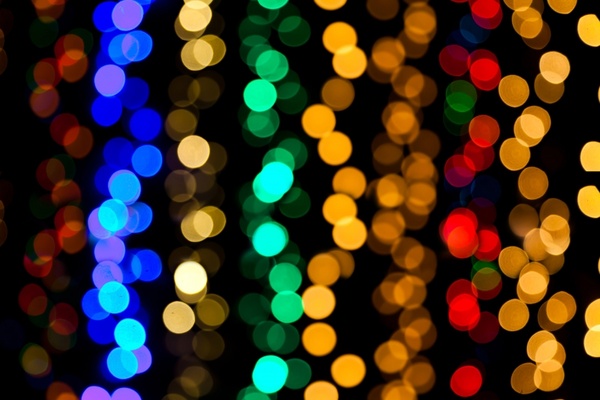
by Lorri | Dec 20, 2017 | UnCorked
When it comes to wine and entertaining for the holidays everyone seems to have the same concerns: how much to have on hand and exactly what to serve.
Quantity seems to be the most pressing issue when entertaining. As we all know, and as I have observed, people’s capacity and consumption of alcohol varies enormously. My advice is always play it safe with too much on hand rather than turning up short. A good rule of thumb is that one (750-milliliter) bottle of wine will equal about five (5-ounce) glasses. For dinner parties and evening affairs that will last several hours plan on 2 to 3 glasses per person throughout the evening. For lunches and afternoon gatherings you can scale back to 1 to 2 glasses per person. You can never buy too much — just save the excess for your next party and remember that running out of wine can swiftly change a festive mood.
Start with what I like to call “entrance wines” or the drink offered to your guests as they arrive. These should be simple, refreshing and most importantly lower alcohol. These wines can also be used for large gatherings when only offering appetizers. Champagne and sparkling wines are ideal because not only do they check all the boxes but add an even more festive, celebratory feel to the occasion. For budget-friendly alternatives to expensive French bubbly consider sparkling wines from Argentina and California.
Nonblubbly wines to consider include unoaked chardonnay, sauvignon blanc, pinot grigio, chablis or viognier.
For large gatherings the key is to keep it simple. This is not the time to bring out your expensive cellar collection wines. For anyone who has cleaned up after large parties or as guests are being seated to dinner it can be heartbreaking for your prized wines to be found in glasses only half drunk on a living room table.
THE VALUE
- NV Pascual Toso Brut, Argentina (about $16 retail)
THE SPLURGE
- 2016 Calera Central Coast Viognier, California (about $38 retail)
Wine with formal dining is something most of us don’t do day-to-day considering our everyday meals generally involve one dish, one wine and one utensil. So, with multi-course dinners it can be confusing and awkward. Start with your budget. If this is where you want to impress your guests buy the most expensive wines you can afford. Or open one of those special occasion bottles you have been saving. This is that “special occasion” to share with friends and family. Depending on your dinner menu, if you’re planning to serve multiple wines over the course of the evening, a general rule to serve wines “from lighter to fuller bodied wines and younger wines to older wines.” For example, salad or soup course with a light bodied white wine, main entree with a full-bodied red wine and dessert with your prized sweet vintage Port.
THE VALUE
- 2016 Bell Lake County Sauvignon Blanc, California (about $17 retail)
THE SPLURGE
- Ramos Pinto 10 Year Tawny Port, Portugal (about $48 retail)
And finally, the most important entertaining tip: be sure to have designated drivers or call a car service or taxi for any guest who has overindulged. Just as you planned each aspect to ensure your guests the perfect evening, do the same by seeing that only safe drivers leave your party.
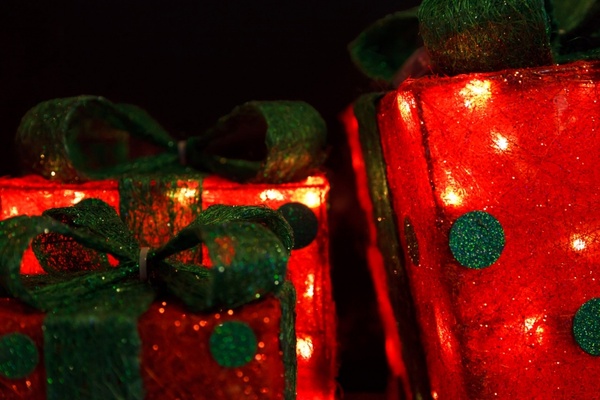
by Lorri | Dec 13, 2017 | UnCorked
Finding the perfect gift this holiday season is easy when you know the recipient enjoys wine. There are plenty of wine-related gifts to find. The wine world has been revolutionized in the past decade with technological advancements that are not only much needed solutions to common wine problems, but are also much-appreciated gifts.
THE VALUES
Vacu Vin is an inexpensive but trusted preservation system. It literally is a wine saver. I consider this one of the best values to preserve wines. It’s a vacuum pump that extracts the air from the opened bottle, when you’ve reached the optimum level it will click and reseal the wine bottle with a reusable rubber stopper. A simple process — but one that works by slowing the oxidation process. Price: $5 to $9, depending on gift sets and plastic versus stainless steel.
Serving temperature is vital in the taste of your wine in the glass. An easy solution for those without an extensive cellar system is the Menu Fahrenheit Wine Thermometer or the Plastic Cased Alltemp Infrared Wine Thermometer. The first attaches around a wine bottle much like a belt and within minutes you can read the temperature on the digital display. The Infrared is a hot gift for the tech lover. This compact tool looks like a pen, but measures the temperature digitally on the outside of the bottle. Cost: $14 to $35, depending on styles.
THE SPLURGE
One of my favorite wine preservation tools is the Coravin. It comes with an indulgent, bank-busting price tag but it’s well worth the investment for a serious wine collector or drinker. In the past, this tool was available only in the restaurant industry and the price is becoming more approachable. The Coravin allows you to drink from a bottle without pulling the cork, meaning expensive wines can be enjoyed slightly more frivolously as you no longer must commit to opening the entire bottle when you want one glass. The Coravin features a super-thin needle that penetrates the foil and cork to extract the wine, while argon gas pressurizes the bottle, allowing you to siphon out a single glass. As you remove the needle the cork reseals itself, returning the wine to its unopened state. Everyone gets to drink exactly what he or she wants and you can offer a variety of options because unopened bottles will not spoil. Cost: $200 to $500, depending on color and accessories.
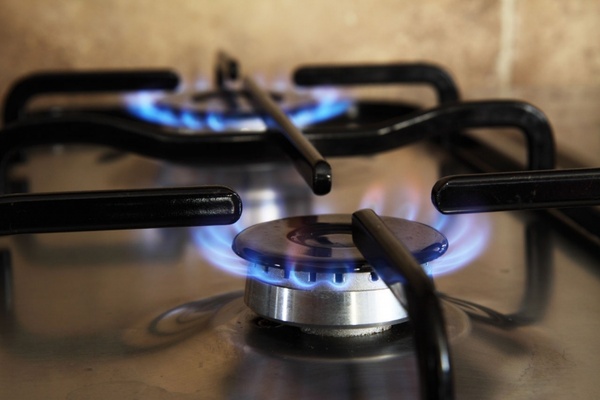
by Lorri | Dec 6, 2017 | UnCorked
Among the many pieces of art adorning my in-laws’ walls, one piece is my favorite. An engraved wood plaque that simply reads, “We interrupt this marriage to bring you the hunting season.”
Venison is the first and most abundant addition to our freezer. Venison is not your average red meat, it has a rich, distinctive flavor but also is extremely lean. The key to the pairing is to stay clear of red wines with high tannin. Wines offering an ideal combination are merlot, syrah, shiraz and zinfandel. These wines will generally have less tannin but bring out the richness of the venison’s gamey taste to complement the blackberry, peppery spice of these wines.
THE VALUES
- 2015 Carisma Mendocino Syrah, California (about $13 retail)
- 2015 14 Hands Merlot, California (about $14 retail)
- 2015 BV Coastal Merlot, California (about $11 retail)
- 2015 Bogle Merlot, California (about $12 retail)
THE SPLURGES
- 2014 Bell Canterbury Vineyards Syrah, California (about $27 retail)
- 2015 Charles & Charles Merlot Blend, California (about $18 retail)
- 2015 Charles Smith Boom Boom Syrah, California (about $22 retail)
Duck breasts are notoriously fatty, which gives them delicious flavor and juiciness. Grilling is a great way to cook them to perfection giving them a little smoky flavor and creating that crackly skin so many of us enjoy. Because of the earthy smoky flavors a pinot noir is the ideal wine pairing. If you want to heighten the pairing combination, make a classic dried cherry sauce bringing the cherry flavors of the pinot noir front and center with the flavors.
THE VALUE
- 2015 Carmenet Pinot Noir, California (about $14 retail)
- 2015 Bread & Butter Pinot Noir, California (about $13 retail)
- 2015 A by Acacia Pinot Noir, California (about $14 retail)
- 2015 Angeline Pinot Noir, California (about $13 retail)
THE SPLURGES
- 2015 A to Z Pinot Noir, Oregon (about $19 retail)
- 2014 Bell Russian River Pinot Noir, California (about $50 retail)
- 2015 Resonance Yamhill-Carlton Pinot Noir, Oregon (about $47 retail)
- 2014 Rex Hill Willamette Valley Pinot Noir, Washington (about $34 retail)
- 2014 Fulcrum Gap’s Crown Sonoma Coast Pinot Noir, California (about $55 retail)
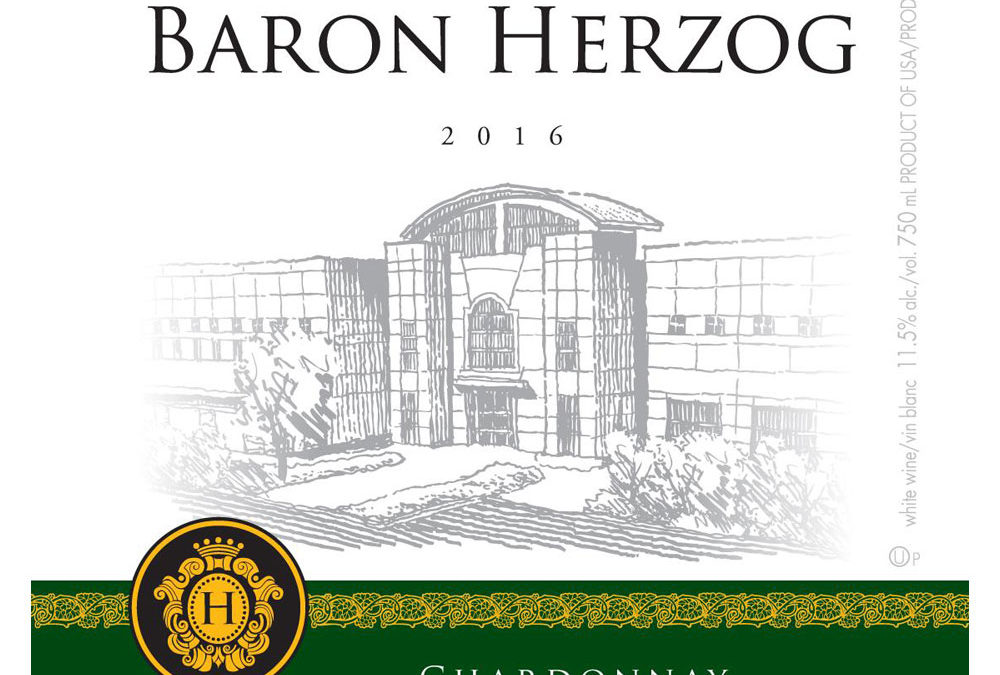
by Lorri | Nov 29, 2017 | UnCorked
There are many misconceptions about kosher wines.
The most common is that they are sweet and of poor quality.
In the early 1980s only a few wineries were producing kosher wines and most were sweet. Today, the kosher wine market is vibrant and growing.
Consuming kosher food, including wine, is essential to those who observe kashrut, the body of Jewish religious laws concerning the suitability of food, the fitness for use of ritual objects, etc.
The term kosher was derived from the Hebrew word for “fit,” meaning fit for consumption. Kosher wines start as with any wine — with a grape.
Kosher does not mean the wine was blessed by a rabbi. Rather, it means the wine was produced following specific rules according to kashrut.
Only religious Jews can handle the wine and touch equipment from the time the grapes arrive at the winery. Even a Jewish winemaker who is not orthodox cannot draw samples from the barrels. The additives used in the wine-making process are restricted too. Fining, cleaning materials and the yeast must be certified as kosher and not derived from animal by-products. Isinglass (coming from a nonkosher fish), gelatin (an animal derivative) and casein (a dairy derivative) are prohibited.
There are three basic categories of kosher wine.
“Kosher” is produced in a matter approved in accordance with Jewish Dietary Laws.
“Kosher for Passover” are wines not coming in contact with bread, grain or products made with leavened dough.
“Kosher le Mehadrin” are wines following the rules of kashrut but must be strictly approved.
Manischewitz and other sweet red wines are kosher but these are generally considered sacramental wine or “Kiddush wine.” These wines tend to taste like sugary, syrupy water. As more and more Jewish families search out dry table wines for festivals and blessings these wines and this style are also changing.
Mevushal wines differ in that they have been flash pasteurized so they remain kosher even if a nonobservant or non-Jewish person serves the wines. This wine must be heated to 185 degrees. Just in the last five years, “flash pasteurization” for wines was in its infancy, today this technique is becoming much more precise, satisfying the rabbinical requirement and not harming the overall quality of a wine as it had in the past.
THE VALUE
- 2016 Baron Herzog Chardonnay, California (about $19 retail)
THE SPLURGE
- NV Laurent Perrier Brut, France (about $75 retail)
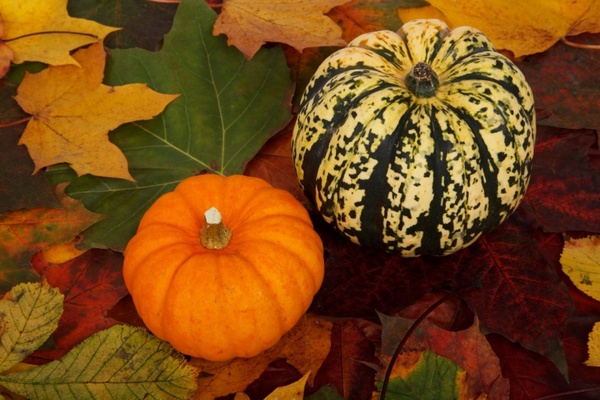
by Lorri | Nov 22, 2017 | UnCorked
Thanksgiving is one of the holidays for which I usually spend a great deal of time selecting the wines. The holiday offers a plethora of food choices, which makes wine selection the ultimate challenge. It has to please everyone and fit with everything at a traditional turkey dinner.
This year I am embracing an idea I was given many years ago by a fellow wine writer: After 25 years of attempting to be the hero at the family Thanksgiving dinner with the perfect pairing, he finally got smart and started leaving the choice to the guests.
This Thanksgiving I’m offering my family and friends an opportunity to appease their palates on their own. Rather than selecting the wines for each guest before the meal, I will place several different wines on the table, each a good pairing option in different styles and colors. And let my guests try the wines based on their preference, with the opportunity to explore different foods and flavors.
If you worry that certain wines will be emptied first, buy several backup bottles but have fun and make it casual declaring the first bottle emptied to be the best pairing of the meal. Also, don’t be concerned with passing a bottle around the table. Since most of us already pass around the food casually on Thanksgiving, why not pass the wine?
With this idea in mind, I have selected wines that are confirmed matches with the array of flavors from turkey and cranberry sauce to sweet potatoes.
Dry white wines with refreshing acidity — sauvignon blanc, dry Riesling, pinot gris, chardonnay, chenin blanc, viognier and albarino — are ideal to pair with almost any menu item.
Off-dry wines such as Gewurztraminer and Off Dry Riesling as good options as well. But avoid wines with cloying sweetness.
For a Thanksgiving food friendly red, pick one low in tannins to not overwhelm the array of flavors. Pinot noir, gamay and merlot are good bets.
THE VALUES
- 2015 Cline Viognier, California (about $14 retail)
- 2015 Charles and Charles Riesling, Washington (about $15 retail)
- 20115 Louis Jadot Beaujolais Village Gamay, France (about $16 retail)
THE SPLURGES
- 2015 Stoller Dundee Hills Chardonnay, Oregon (about $22 retail)
- 2013 Hugel Gewurztraminer, France (about $29 retail)
- 2015 Anne Amie Cuvee A Pinot Noir, Oregon (about $25 retail)
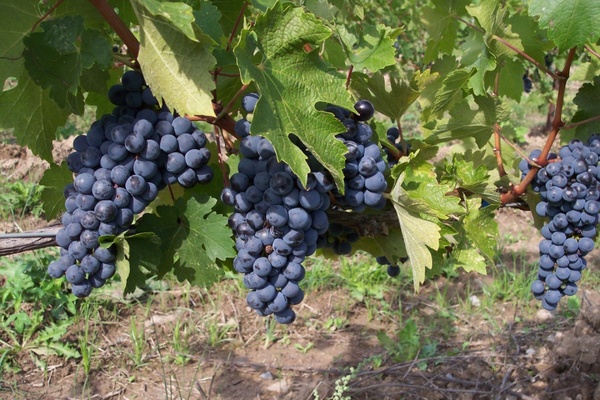
by Lorri | Nov 15, 2017 | UnCorked
I always love any reason to celebrate, but when it’s considered a “National Day” and includes wine, that’s even better. Today is National Zinfandel Day — a made-up worldwide celebration of the Zinfandel grape variety. The day celebrates and gives Zinfandel lovers around the globe a platform to express their passion for the grape and the wines made from it.
Numerous studies indicate the grape used for making California Zinfandel originated in Croatia, as it is genetically similar to an old varietal called Cljenak Kastelanski. Historians believe that in the 1820s a nursery owner brought Zinfandel cuttings that were Croatian in origin to the United States from an Austrian collection.
The Zinfandel name, however, is truly American, the earliest documented use of the name is when Boston nursery owner advertised “Zinfandel” for sale in 1832.
Zinfandel was introduced to California during the Gold Rush between 1848 and 1855. It was the top choice of the American alcoholic beverage consumer, even over whiskey. After the California Gold Rush, timber and wire were scarce. Production of Zinfandel grapes surged because they could easily be cultivated using traditional European “head pruning” techniques requiring a minimum of special equipment to grow. Zinfandel even found a niche in the homemade wine market, a legal loophole during Prohibition (1920-1933), while many other vines were being uprooted.
During Prohibition and the Great Depression, the U.S. wine industry weakened and most of the world had forgotten about this once popular grape. But in the 1960s vintners started handcrafting age-worthy wines blended to be “Bordeaux-like” wines. This was the change factoring in California’s path to high quality wines and Zinfandel was the distinguished grape among them.
In the 1970s a wave of blush wines started when California wineries began to draw free-run juice from Zinfandel grapes, fermenting it as “white” Zinfandel. This trend should be commended for the preservation of the old Zinfandel vines. Red table wines were decreasing in popularity and growers could have been forced to other varietals to keep up with consumer demand, leaving the old vines lost forever.
In 2006, then California state Sen. Carole Migden introduced a bill to designate Zinfandel as the official “historic wine of California.” The original reasoning behind appointing Zinfandel was to acknowledge its success in California, having been cultivated there since Gold Rush Days. Unfortunately, then-Gov. Arnold Schwarzenegger vetoed the measure.
Today, this grape continues to be celebrated not only for its historic influence on the American wine industry but its distinct style and flavor profile.
How will I be celebrating National Zinfandel Day? By sharing a bottle with friends and becoming a part of the global conversation. Connect with other Zinfandel lovers on social media with the hashtag #ZinDay.
THE VALUE
- 2015 Ridge Zinfandel, California (about $13 retail)
THE SPLURGE
- 2016 Artezin Old Vine Zinfandel, California (about $18 retail)





